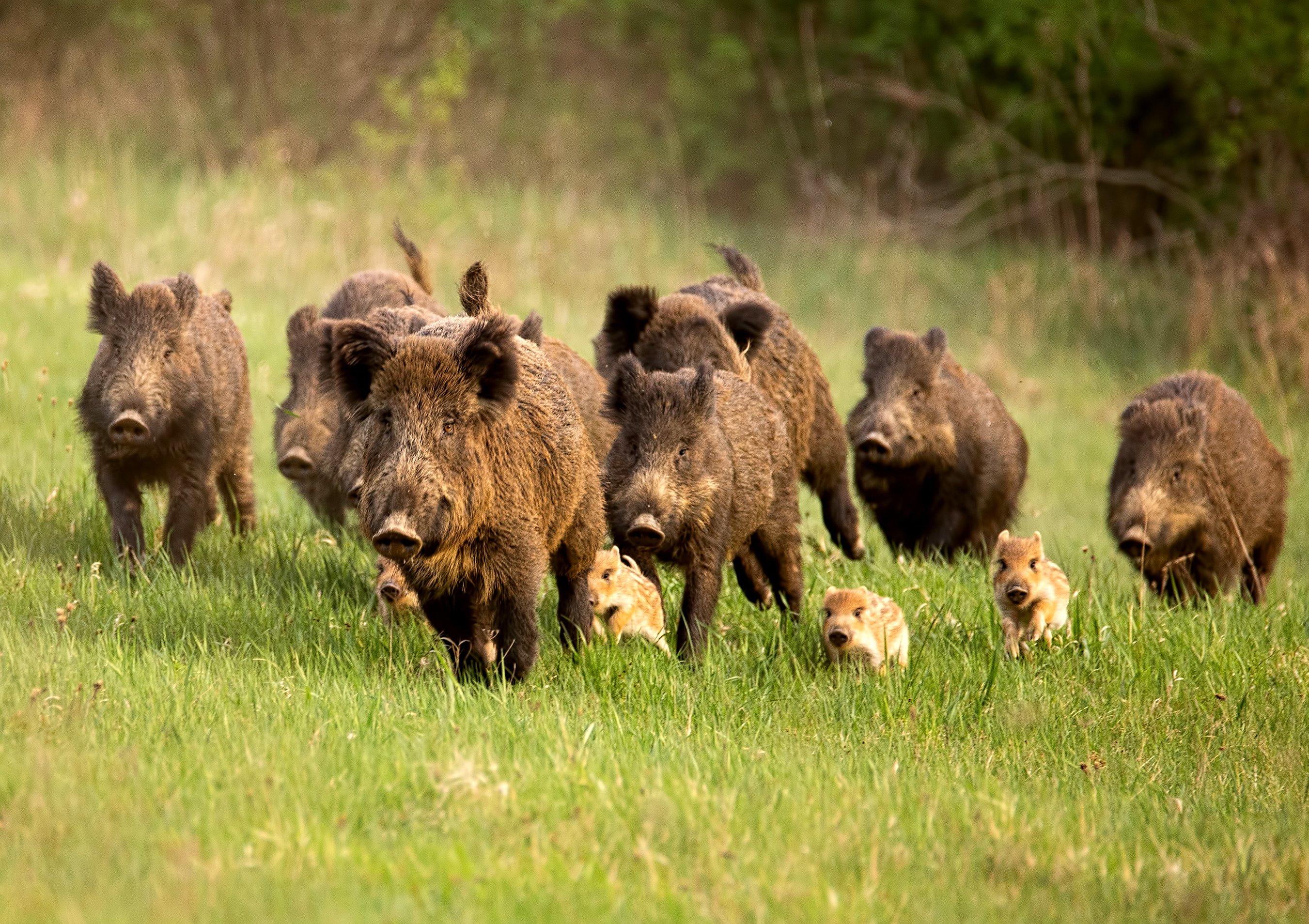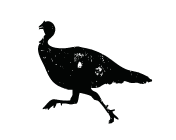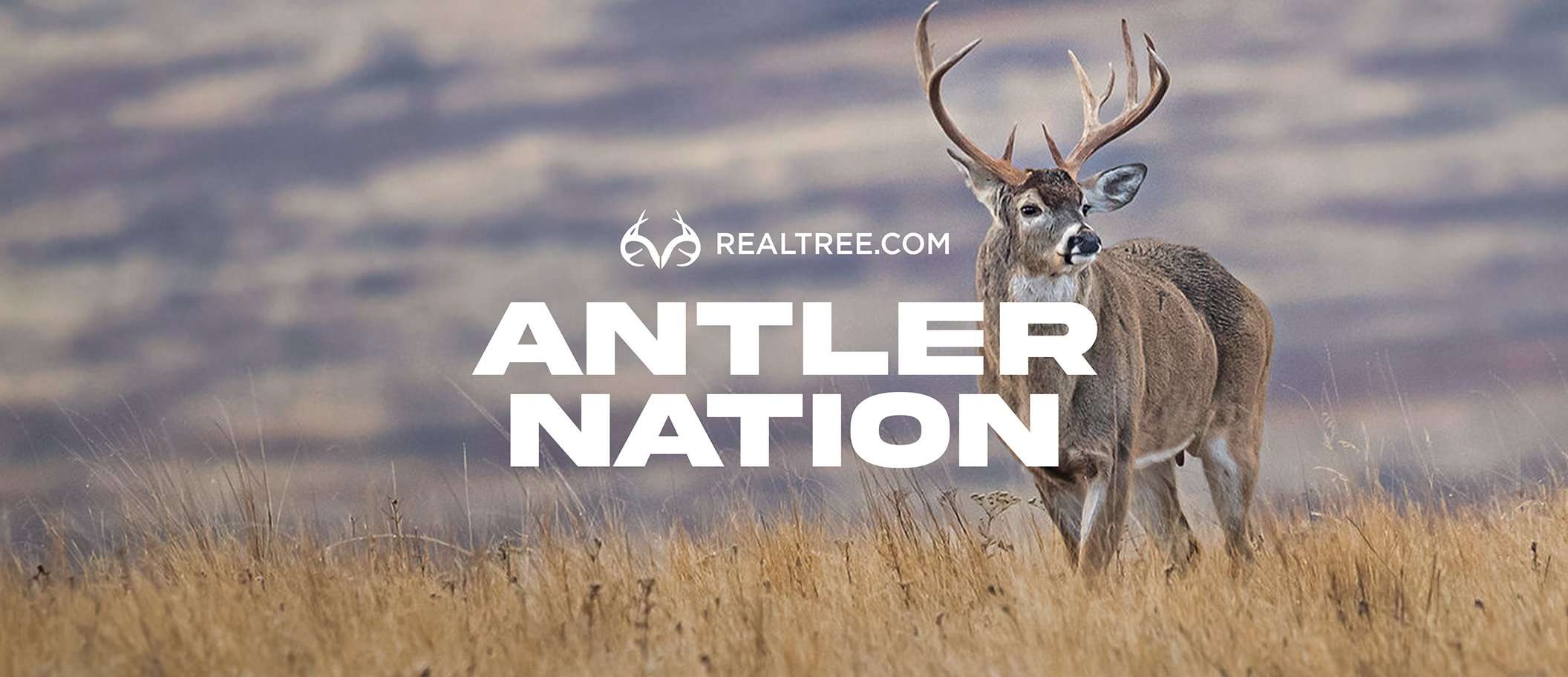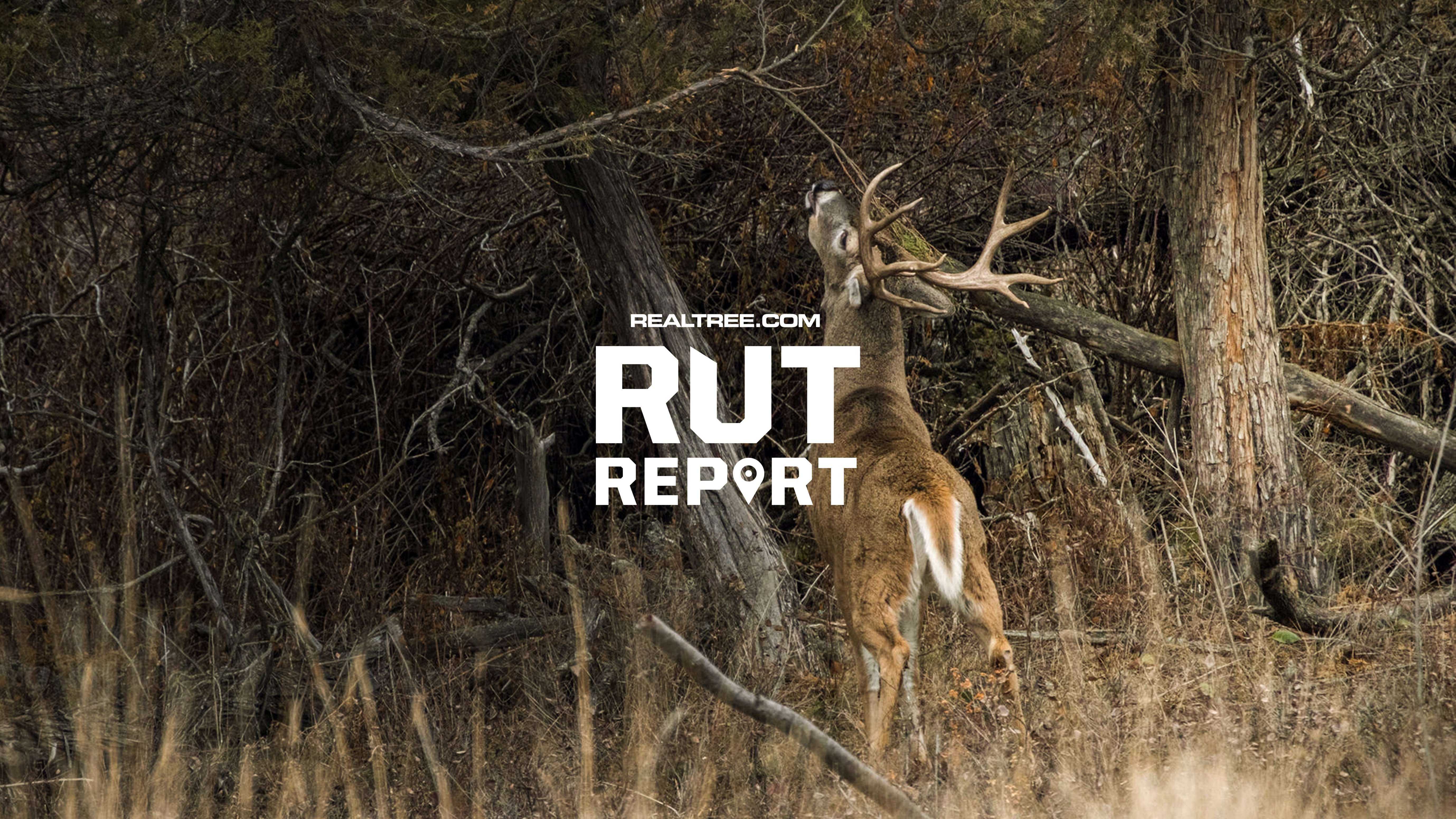Veterinarian suggests toxins to control the population of feral swine

Louisiana’s feral swine numbers are increasing and are estimated at approximately 900,000. (Photo by WildMedia)
According to a Louisiana veterinarian, the state’s feral swine numbers are increasing and the solution is not more hunting and trapping.
Louisiana Sportsman reports that veterinarian Dr. Rusty Berry provided rough estimates of the state’s feral swine population during the Louisiana Wildlife and Fisheries monthly meeting on Thursday, Nov. 7.
Estimates have the state’s number of wild pigs at more than 900,000. Of course, Louisiana isn’t the only place with a wild pig problem. The World Health Organization claims feral swine is the No. 1 invasive species in the world.
Berry warned commissioners that the 900,000 plus number is likely low.
According to LSU AgCenter, reports from landowners and farmers suggest the swine caused $91 million in economic damage in 2022.
“We are not talking about the damage they are doing to the wildlife, and the diseases they are spreading to other animals,” Berry said. “None of that is included in the dollar figure on damage.”
Feral swine also carry brucellosis, which can spread to humans through contact with infected animals or contaminated animal products.
In humans, brucellosis symptoms can appear five to 60 days after exposure and can cause fever, headache, fatigue, sweats, back pain, weakness, joint pain and weight loss. In severe cases, the disease can affect the central nervous system and heart lining.
The swine’s rapid reproductive rate makes controlling the population difficult. Each year, a sow produces two litters of about six piglets, outpacing the number of hogs that can be removed through hunting and trapping.
“If you don’t remove 70 to 75 percent of these animals from your landscape, you are at a steady state,” Berry said. “So, if you have 100 pigs on your property, if you don’t remove 75 of them, you are going to have more than a 100 the next year. If you remove 75, you are going to continue to have 100 pigs on your property.”
According to LDWF records, in 2023 and 2024, 75,000 hog hunters harvested nearly 500,000 through trapping, aerial and traditional shooting.
But Berry says, “Removing a half million pigs every year will not decrease the population.”
He said trapping and hunting will not eradicate the feral swine. Instead, the intelligent animals will simply learn to avoid traps and bait.
“You are always having to develop new trapping methods,” Berry said. “Trapping efforts are also very time consuming and expensive.
“The aerial gunning and other efforts will decrease the population for a temporary time to allow a crop to get to a certain level. That’s their goal. They are not eradicating these pigs. They are decreasing them enough to allow the agriculture to go up.”
During his address to commissioners, Berry said a toxin would be a more affordable and effective solution to controlling the swine.
In 2023, a patent was issued for a bait developed by scientists with the LSU AgCenter and LSU Department of Chemistry.
The bait uses sodium nitrite, which is lethal to feral swine. The bait has minimal impact on the environment and non-target species. Once they consume the toxin, the hogs become sleepy and die within three hours.
There are new toxins under development at LSU, but according to Berry, obtaining FDA approval could cost $500,000.
“$500,000 considering $91 million worth of damage is pretty simple math in my mind,” said Commission Chair Brandon DeCuir. “I think we can figure out where to come up with $500,000.”

















































